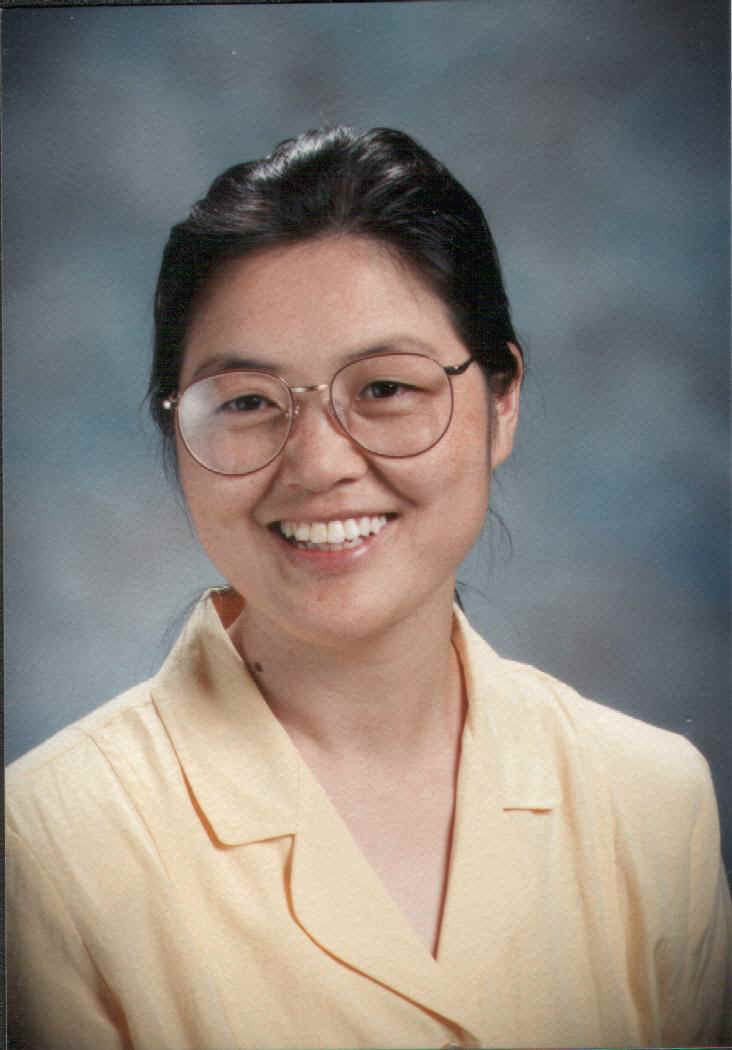Question 1: Is Chinese difficult to learn?
Question 2: What can be difficult in learning Chinese?
Question 3: Why should I study Chinese?
Question 4: What Chinese courses are offered at UVM?
Question 5: Who are the Chinese instructors?
Question 6: Can I major in Chinese at UVM?
Q1: Is Chinese difficult to learn?
A1: Here are some facts about Chinese to help you judge whether it is difficult to learn:
Chinese never changes its word endings. Chinese words do not change to account for different gender, number, case, and tense. Instead, Chinese uses adverbs, adjectives, and numerals to indicate those notions.
Chinese also uses Roman letters
for writing. Chinese has two
writing systems: one is logographic (Chinese characters), and the other is
alphabetic (Romanized Chinese). All students in
Chinese has only four sounds that English does not have. There are 21 initials (i.e., consonants), which always appear at the beginning of syllables in Chinese. Only three initials (j, q, and x) need to be learned by English speakers. Except the sound ü, all the 38 finals (i.e., vowels and the combinations of vowels and nasals), which always appear at the end of syllables in Chinese are not new to English speakers.
A2: Chinese tones and Chinese characters usually present challenges to English speaking learners.
Each syllable in a Chinese word has a tone. When the tone is changed, the meaning of the word is also changed. Learning to speak Chinese is somewhat like learning to sing. Singers usually learn to speak Chinese quite well. Those who are "tone deaf" may have a hard time mastering the four Chinese tones in speaking. However, the Chinese in the way they speak can still be understood from the context by native Chinese speakers.
Chinese, a non-alphabetical language,
has about 60,000 Chinese characters that are words or are used to form words.
One can hardly remember a character without seeing it and using it frequently.
The good news is that only 3,500 characters are commonly used nowadays. For
students learning Chinese as a foreign language, mastering 1,000 to 1,500
characters would enable them to socialize, work, and study without much
difficulty in
Q3: Why
should I study Chinese?
A3: Here are some of the good reasons:
1. Chinese is a
melodious and artistic language, pleasant to listen to and nice to look at.
2. Chinese sounds and grammar, in comparison with those of other languages, are
easy to learn.
3. Writing Chinese characters help to develop better coordination of the right
and left hemispheres of one’s brains.
4.
5.
Q4: What
Chinese courses are offered at UVM?
A4: Here is a list of the Chinese courses offered at UVM:
CHN 001/002 Elementary Chinese (1st-Year Chinese)
CHN 051/052 Intermediate Chinese (2nd-Year Chinese)
CHN 101/102 Advanced Chinese (3rd-Year Chinese)
CHN 201/202 Advanced Conversation & Composition (4th-Year Chinese)
CHN 020/096 Conversational Chinese for Beginners
WLIT 110/111 Chinese Literature in Translation (English)
Q5: Who
are the Chinese instructors?
|
|
|
John Jing-hua Yin (印京华).
Associate Professor of Chinese. He got his Ph.D. in Foreign Language
Education from the To get contact with him, write to jyin@uvm.edu |
|
|
|
|
|
|
|
Diana
Yiqing Sun (孙怡清). Senior Lecturer of Chinese. She got her Master Degree
in Education from To get contact with her, write to dsun@uvm.edu |
Q6: Can I
major in Chinese at UVM?
A6: Yes. You can major in Chinese at UVM and get
a Bachelor of Arts in Chinese. Specific requirements: 15 credits hours of
Chinese language at or above the 100 level, including Chinese 101, 102, 201,
202, or equivalent courses at the 100 and 200 levels; at least 15 credit hours
of courses on Chinese history and/or culture, including WLIT 110, taken in at
least two disciplines other than Chinese language. Six of those credits hours
must be at the 100 level or above. All course work should be chosen in
consultation with the student’s major advisor.
You may also have a minor in
Chinese. To get a minor in Chinese, you are required to take at least 15
credit hours of Chinese with at least 9 of those at or above 100-level,
including CHIN 102. 3 credit hours at or above 100-level in Chinese
literature may be substituted for three credits of language study beyond CHIN
102.
Created: November 14, 1997

